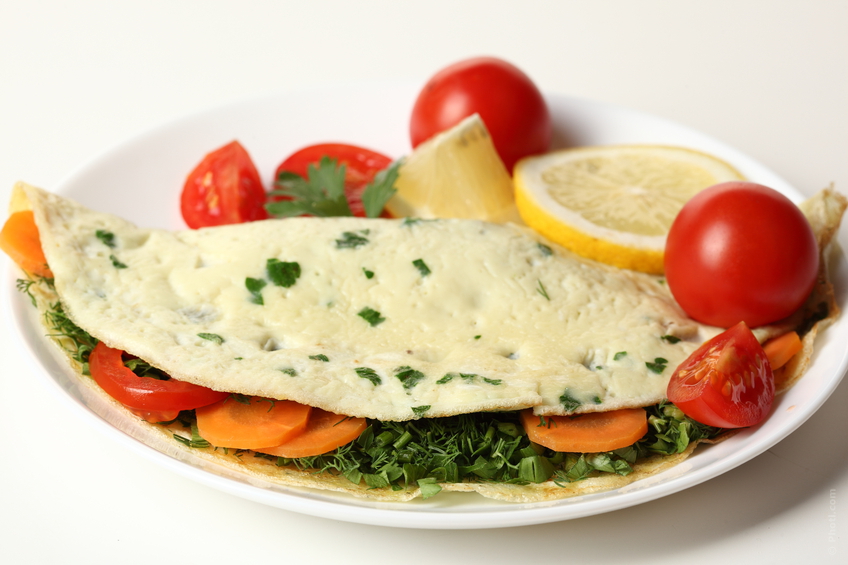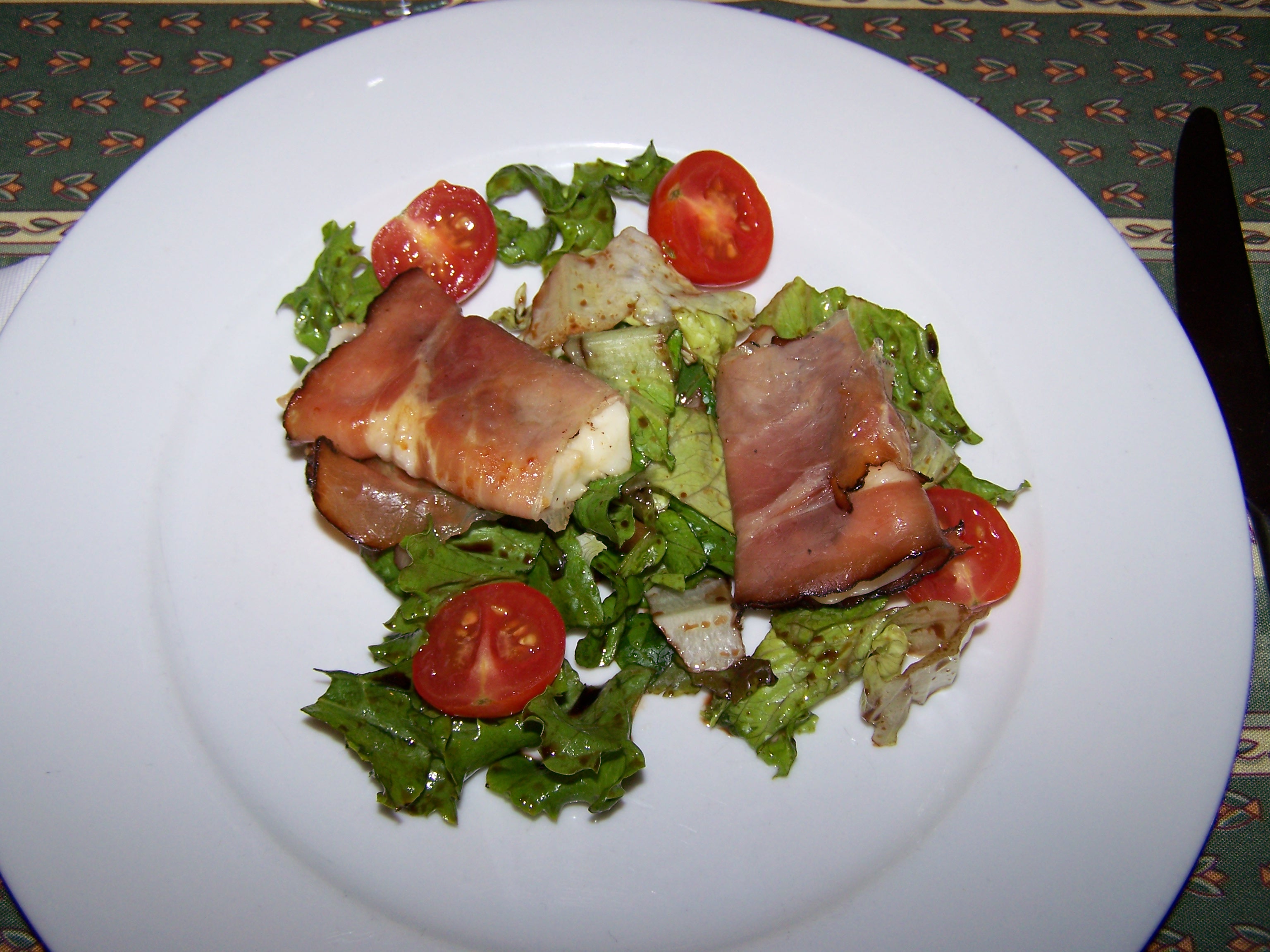Fig Nutrition Facts
Q: What is the succulent fruit of the ficus tree?
A: The fig of course!
The fig is actually not a fruit but a flower that has inverted itself, producing an edible, sweet, chewy, seed-filled flesh. If your only exposure to or taste of a fig is via a “newton,” (aka cookie) then you’re missing out on one of the world’s healthiest and tastiest fruits!
Cleopatra’s favorite fruit, the fig, originated in western Asia and is thought to have been introduced to the U.S. by a Spanish missionary in the late 1500’s. The nutritional benefits of figs are astounding. They are low in calories, delicious, a good source of dietary fiber and contain vitamins and minerals such as potassium, vitamin B6 and manganese. They are rich in disease fighting phytochemicals (flavonoids and polyphenols).
A fig can be eaten both fresh and dried and are primarily grown in California (where they are known as ‘mission’ figs). There are over 100 varieties that vary in texture, color, flavor (slightly) and size.
Fig Calories, selection and preparation
One fresh fig (2.5″ in diameter or about 64 grams) provides only 47 calories, 0 g fat and 2 g dietary fiber. California varieties are in season June through September. Beware: fresh figs are very perishable fruits (meaning they go bad fast). Purchase yours two days maximum before you plan to eat them. Choose figs that are plump and tender but not mushy, have firm stems and are bruise-free. Avoid figs that have a sour smell. Choose those with a mildly sweet scent.
Wash fresh figs before you eat or cook them under cool water. Gently remove stems before wiping them dry. You can simply pop dried figs right in your mouth, use fresh or dried figs in recipes (below) or simmer them in water/fruit juice for a few minutes to make them plump and juicy.
FIG RECIPE
Fig and Arugula Salad with Parmesan
Ingredients
2 Tbs minced shallots
1 1/2 Tbs balsamic vinegar
1 Tbs extra-virgin olive oil
1/4 tsp each salt and freshly ground black pepper
16 fresh figs, each cut in half lengthwise
6 cups trimmed arugula (about 6 ounces)
1/4 cup shaved (about 1 ounce) fresh Parmesan cheese
Directions:
Combine the first 4 ingredients in a large bowl; stir well with a whisk. Add figs; cover and let stand 20 minutes. Add arugula and pepper; toss well. Top with cheese. Serve immediately.
Nutritional Facts for Fig and Arugula Salad with Parmesan
(per serving): 152.7 calories; 32% calories from fat; 5.7 g total fat; 5.5 mg cholesterol; 253 mg sodium; 371 mg potassium; 24 g carbohydrates; 3.8 g fiber; 16.8 g sugar; 4.4 g protein.










